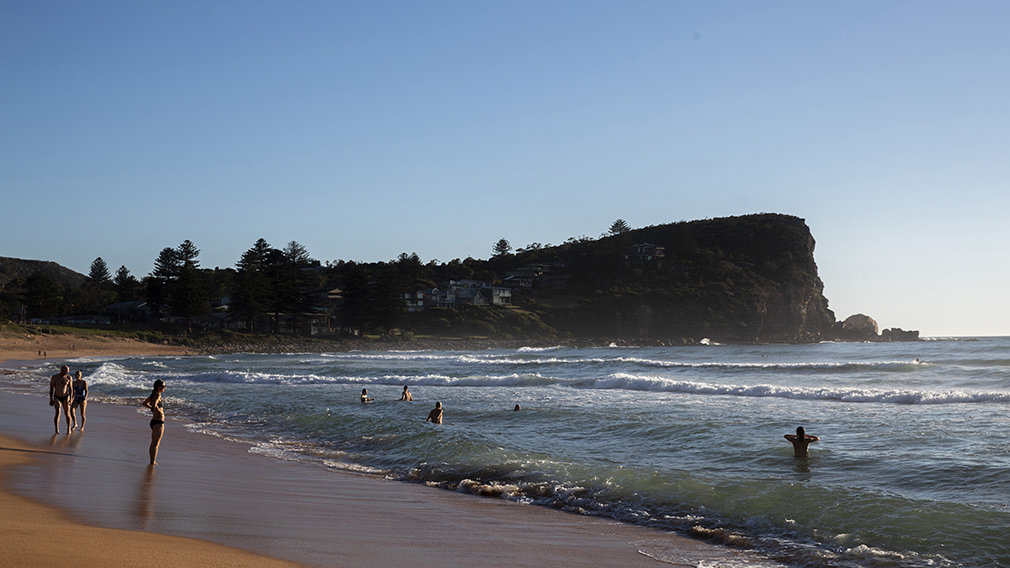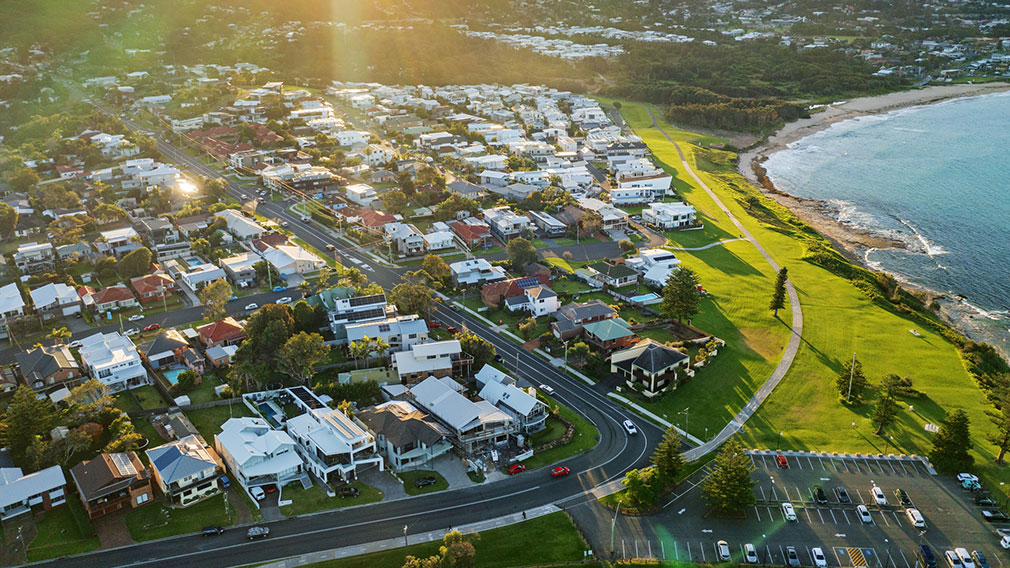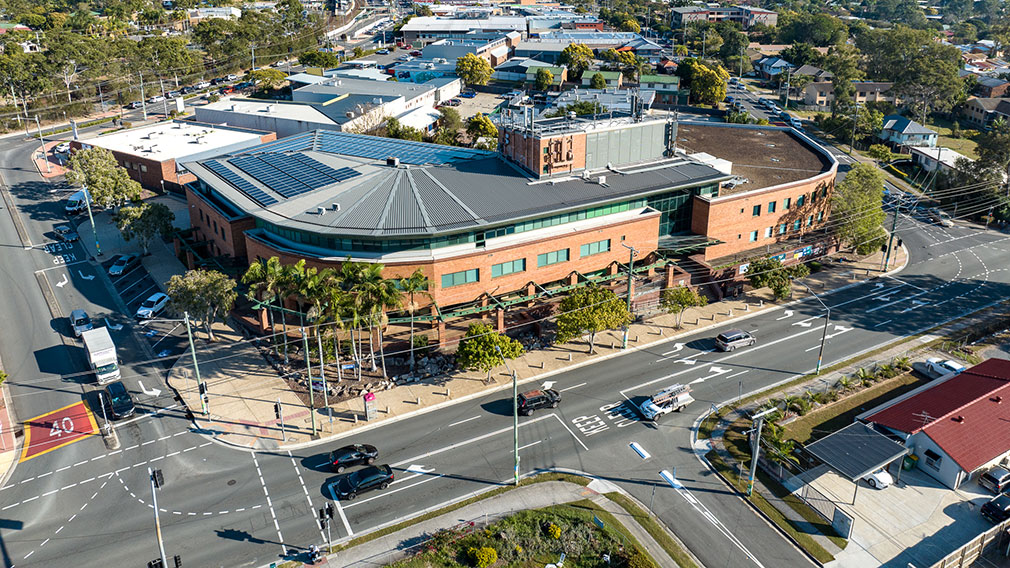Where property listings are set to surge

Sydney’s Avalon Beach is one of the city’s suburbs most likely to see a rise in property listings. (Getty)
House hunting in Sydney’s northern beaches, Brisbane’s south east or Adelaide’s southern suburbs?
If so, you could be in luck, with new research finding these areas are among the most likely in the nation to see a rise in property listings.
In the next six months, Westpac’s “Likelihood to List” report found suburbs in Sydney’s northern beaches from Mona Vale to Palm Beach were among the most likely to see a rise in house and unit listings. For houses, there’s also a scattering of suburbs across the city where more supply is set to hit the market, including The Ponds near Rouse Hill, Paddington in the inner east, Rozelle in the inner west and Milperra in the south west.
In Melbourne, the top areas likely to list a house for sale largely comprise of suburbs that arc up the Pakenham line to Narre Warren, then through Cranbourne to Frankston in Melbourne’s outer east. Williams Landing in the newly developed area near Laverton on the western metro fringe also features in the top 10.
Overall, the report found about four in 10 Australians are thinking of selling their homes in the next five years, up from three in ten planning to sell last November.
In further good news for homebuyers who have been battling rising prices and limited supply of late, about a quarter of homeowners are also planning to downsize in the next five years.
“We are seeing some early promising signs regarding supply,” says Westpac’s managing director of mortgages Anthony Hughes.
.png)
“Even though total listings across the country are down about 24 per cent on the five year average, fresh listings in May across the country were actually up close to 15 per cent on the five year average, so there is actually stock coming onto the market.”
More houses on the market probably won’t make prices fall, but will give house hunters more choice and more time to make their decisions, says Eliza Owen, head of research at property data company CoreLogic.
From next year, pressure on housing supply could start to decrease, mainly because of reduced demand for existing properties, thanks to higher interest rates and new home building, she says.
But for the time being, housing supply is still tight.
In the three months to May this year, 130,000 new properties were added to the market. But in the same three months, 160,000 properties were sold, reducing overall supply.
“It means home buyers have to be very quick around making their property decisions, and they generally have to fork out more money as well,” she says.
Even so, it’s a big turnaround from the height of the COVID pandemic last year, when the number of new homes on the market halved because of lockdowns and concerns from homeowners that they wouldn’t get a good price.
In Brisbane, Westpac’s report found the top suburbs where listings are likely to rise in the next six months are spread across two main regions, one south east of the city spanning Thornlands, Victoria Point and Redland Bay, and the other across Clontarf and Margate in the Moreton Bay region.
Houses in Perth most likely to list are largely located at the mouth of the Swan River, particularly in the northside spanning Mosman Park, Cottesloe, Claremont, Floreat and Nedlands. In Adelaide, it’s the southern suburbs below the airport, running in an arc surrounding Glenelg, spanning Brighton, Warradale, Seacombe Gardens, Morphettville, Plympton and Kurralta Park.
In terms of demand, the report found that while houses are most desired, units and apartments still remain a popular option – particularly among younger buyers seeking convenience and access to local cafes, restaurants, and bars, plus downsizers eyeing a coastal lifestyle.”
“More Australians are seeking lifestyle-related changes – maybe after a place with less maintenance or wanting to live somewhere different,” Mr Hughes says, adding the number of Australians planning to buy a home is up 9 per cent from last year.
“(In addition), off the back of the pandemic there’s been this strong demand for more space and bigger homes. This coupled with more people working from home has driven this lifestyle change around a desire for more space in an extra study or bedroom.
“And I think as we’ve seen some recent rises in property prices we’re now seeing more Australians thinking about selling and achieving a good return on their home.”


